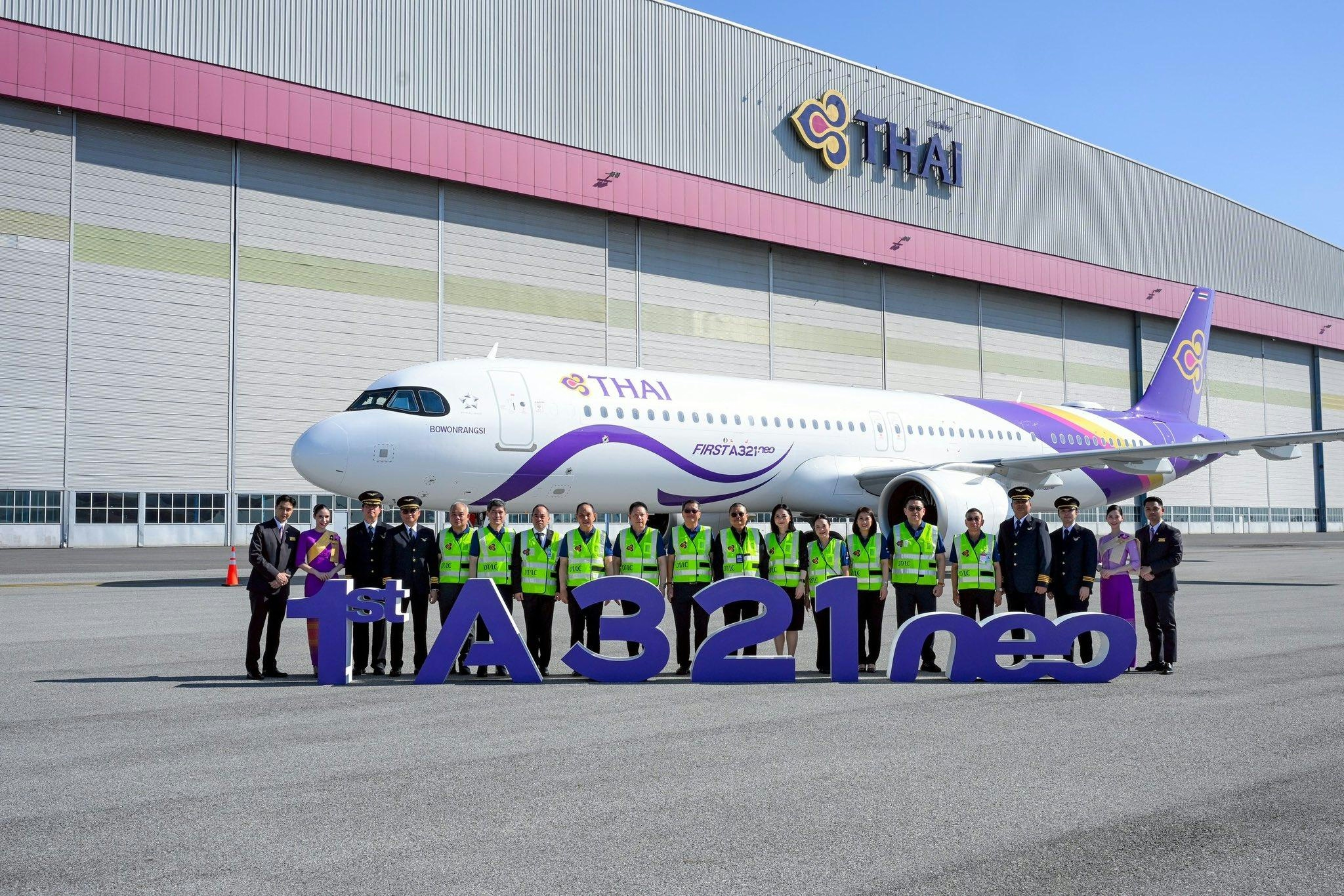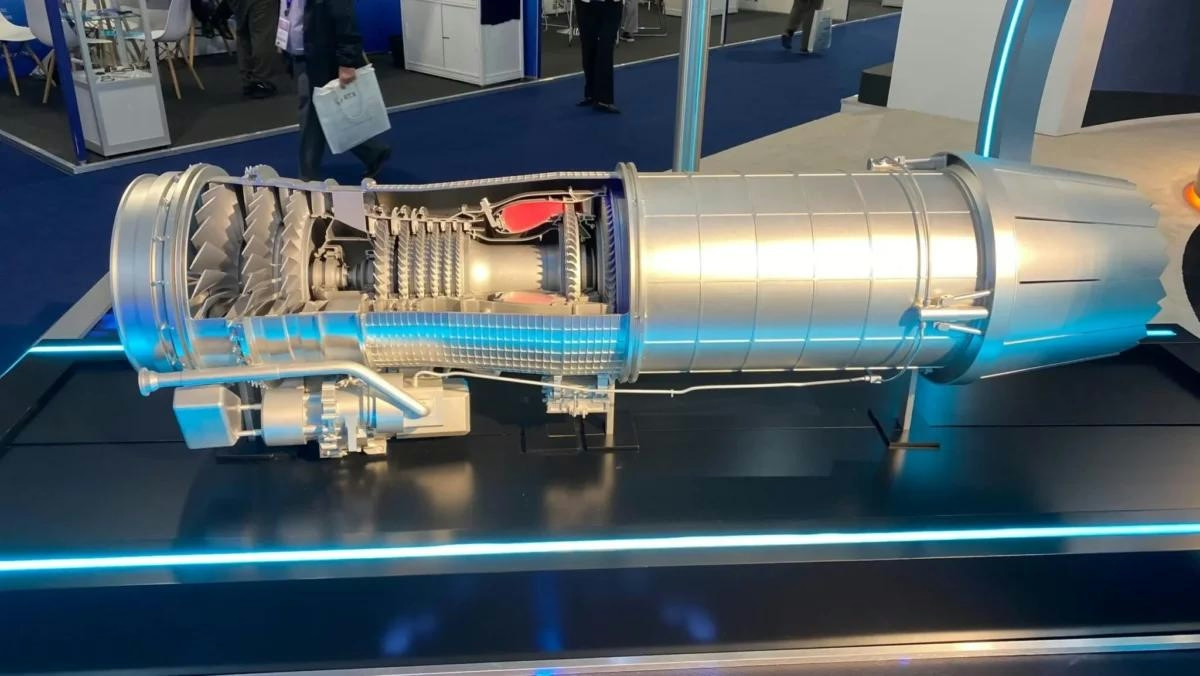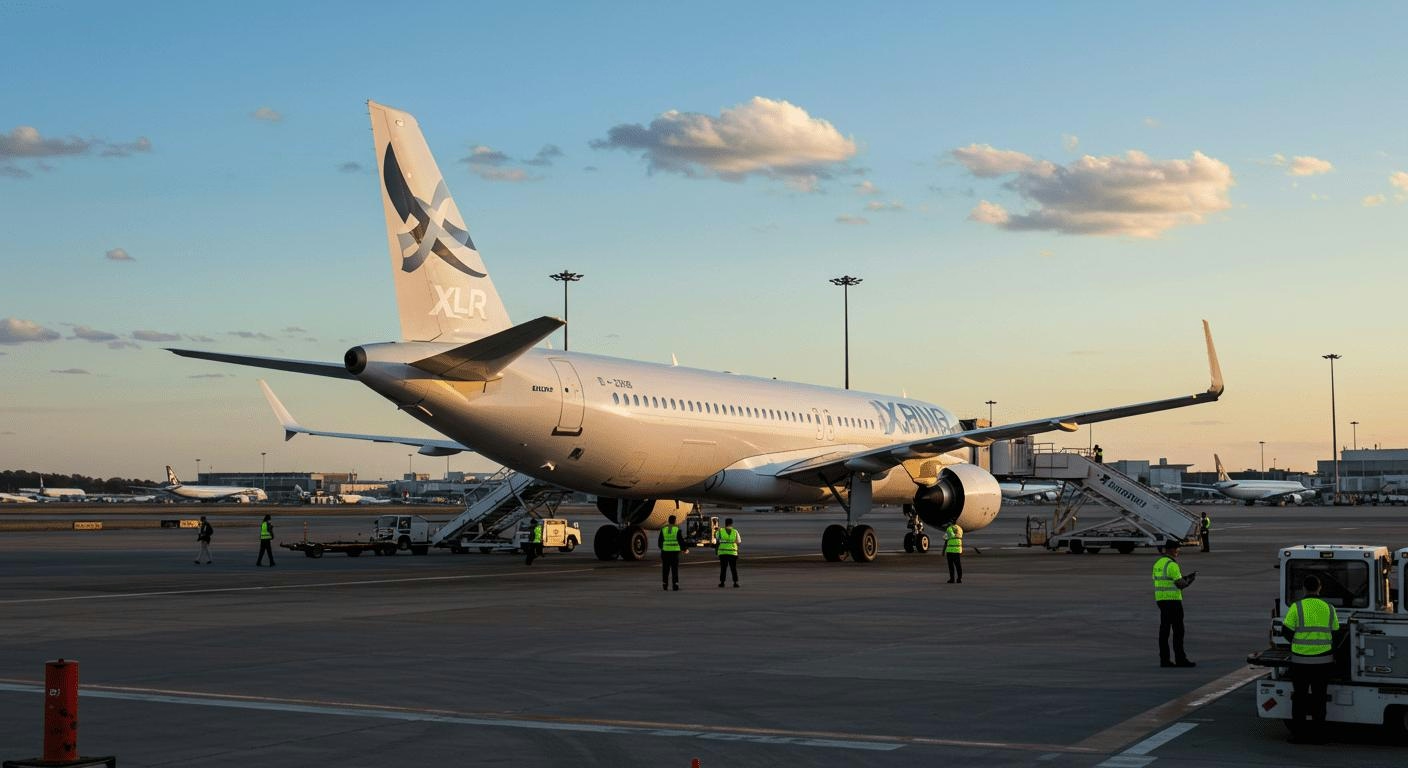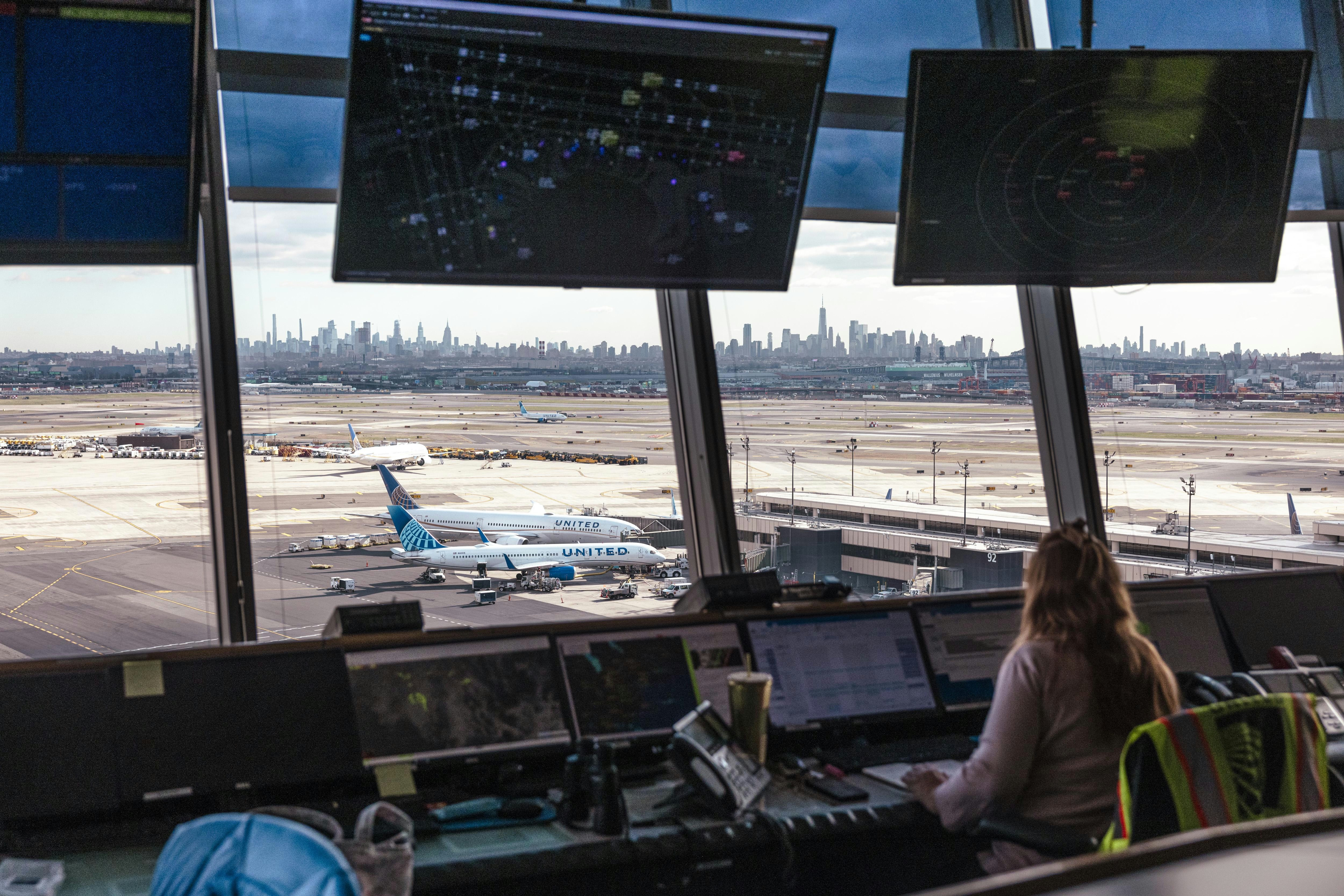
AeroGenie — Votre copilote intelligent.
Tendances
Categories
Investigation of UPS MD-11F Crash Centers on Engine Mounts

Investigation of UPS MD-11F Crash Centers on Engine Mounts
Engine Mount Failure Under Scrutiny
Investigators probing the 4 November crash of a UPS Boeing MD-11 freighter are concentrating on the potential failure of a rear engine mount, which may have caused the aircraft’s left-side GE Aerospace CF6 turbofan to detach during takeoff. According to a source familiar with the inquiry, evidence increasingly points to a rear mount failure as a critical factor in the sequence of events that led to the engine separating from the wing.
The MD-11F, operating as flight 2976 from Louisville to Honolulu, lost its left engine shortly after lifting off from runway 17R at Louisville Muhammad Ali International Airport. The aircraft, with its left wing engulfed in flames, climbed to approximately 100 feet before rolling left and crashing into an industrial area just south of the airport. The accident claimed at least nine lives, including all three pilots aboard and several individuals on the ground.
Technical Details and Safety Measures
Each of the MD-11F’s wing-mounted CF6 engines is secured by three mounts—two forward and one aft—that connect the engine to the pylon. These mounts are part of a sophisticated system designed to allow the engine to separate from the wing under certain catastrophic conditions. However, if an engine detaches while still producing significant thrust, it is expected to travel over the top of the wing and away from the aircraft, rather than simply falling off, according to the source.
In response to the crash, the Federal Aviation Administration (FAA) issued an emergency airworthiness directive on 8 November, grounding all Boeing MD-11F aircraft within the United States. The directive, which references nacelle and pylon components, reflects concerns that similar vulnerabilities may exist across the MD-11F fleet. Major operators—including UPS, FedEx, and Western Global Airlines, which collectively operate around 60 MD-11Fs—have suspended operations of the type following Boeing’s recommendation.
Ongoing Investigation and Industry Response
Investigators have recovered the cockpit voice and flight data recorders, which are currently undergoing analysis. Additionally, examination of fan blade fragments recovered from the left engine is underway to assist in determining the cause of the failure. At this stage, there is no evidence to suggest that the position of the aircraft’s flaps or slats contributed to the accident.
The National Transportation Safety Board (NTSB) is leading the investigation but has not issued public statements. Boeing has declined to comment, while UPS has deferred all inquiries to the NTSB. As the investigation progresses, regulators and airlines remain focused on ensuring the safety of the MD-11F fleet, with further actions anticipated pending the results of ongoing technical assessments.

Aviation Capital Group Delivers Boeing 737 MAX 8 to LOT Polish Airlines

Thai Airways Receives First A321neo Aircraft

Seoul Invests 3.35 Trillion Won in New Fighter Jet Engine Development

Can the A321XLR Replace Widebody Aircraft?

Airline Uses AI to Hold Flights for Passengers with Tight Connections

How Airlines Use AI to Set Flight Prices and What Consumers Can Do

Juniper Expands Fleet with Converted Freighter Leasing

FlyOnE Launches Air-Taxi Service to Rottnest Island

U.S. Plans to Resume Civil Supersonic Flights with Industry Support
